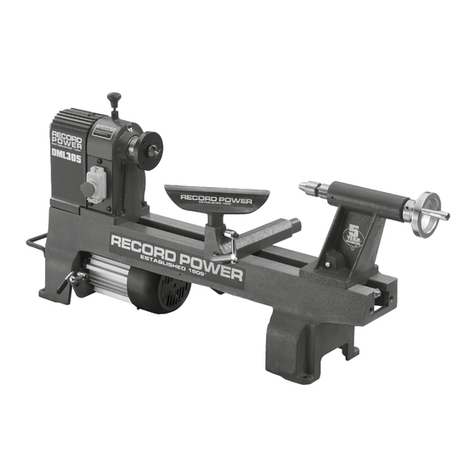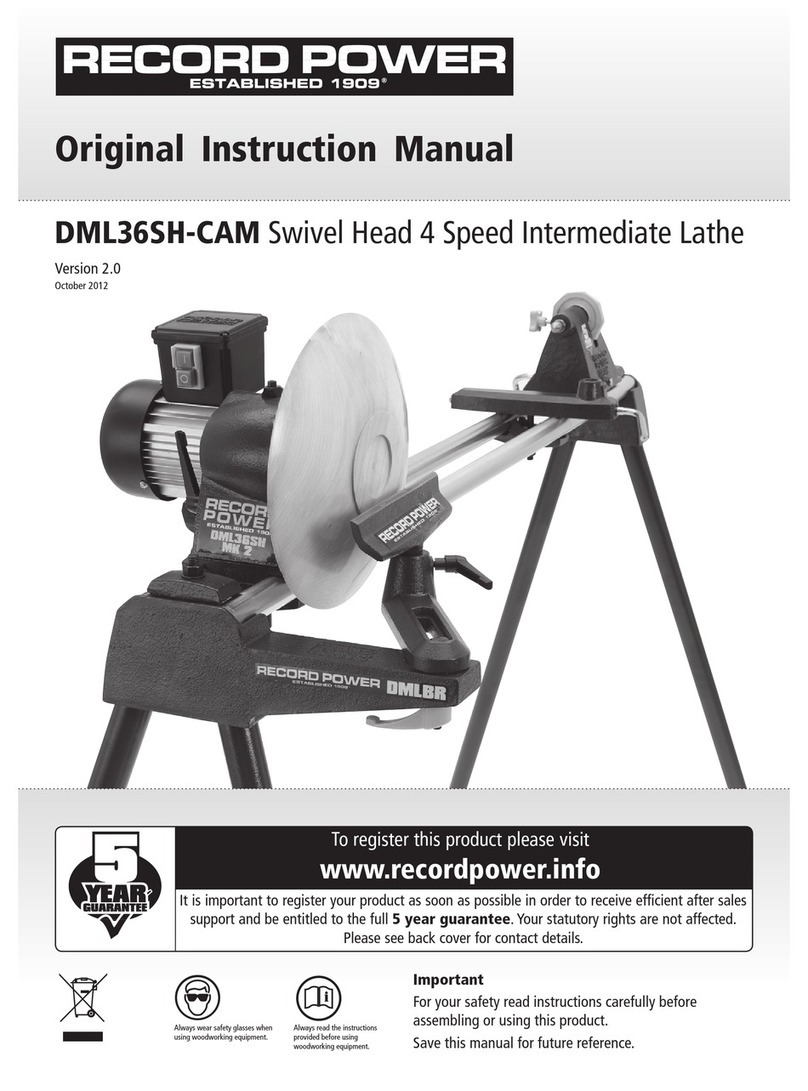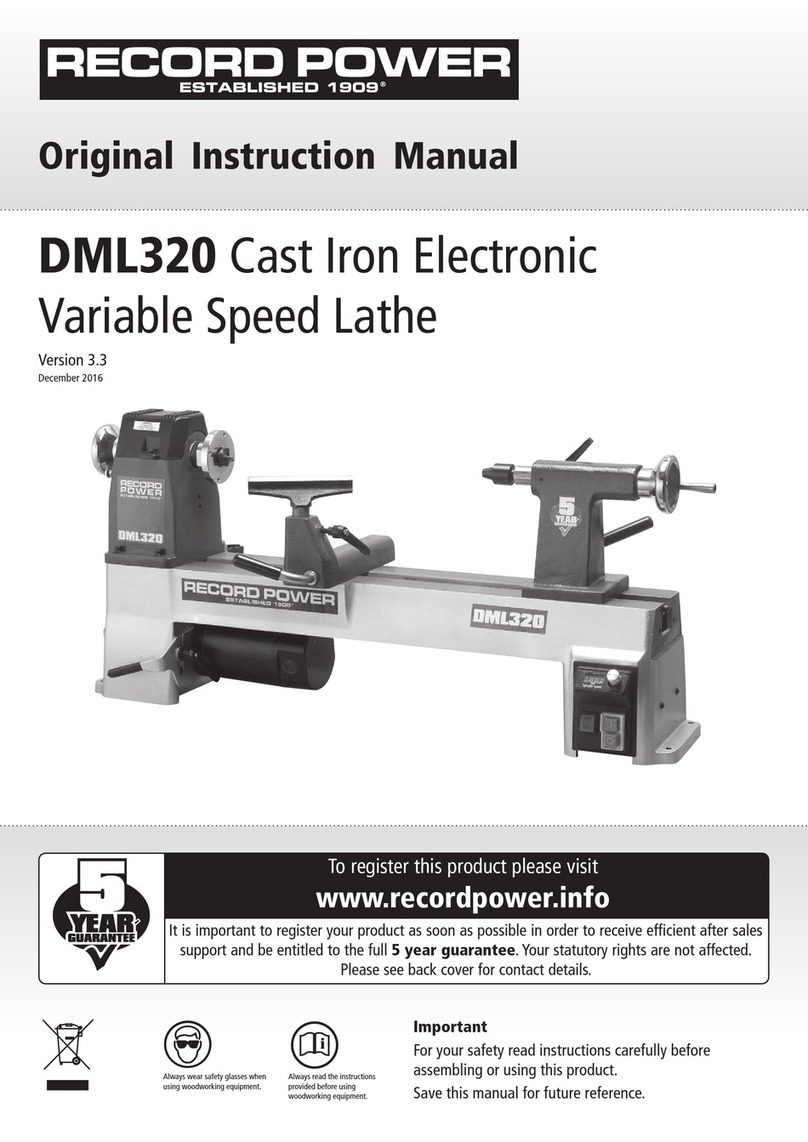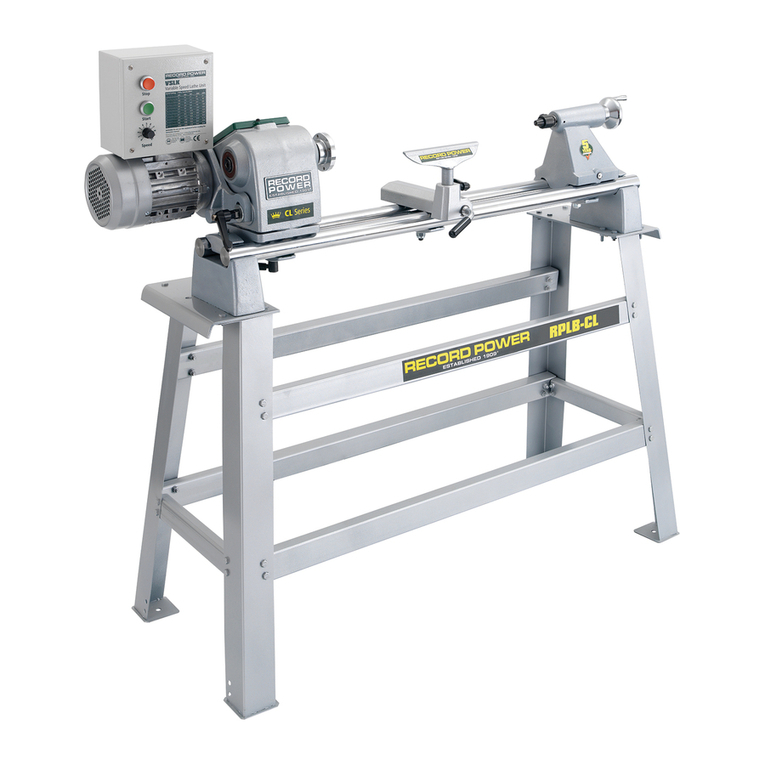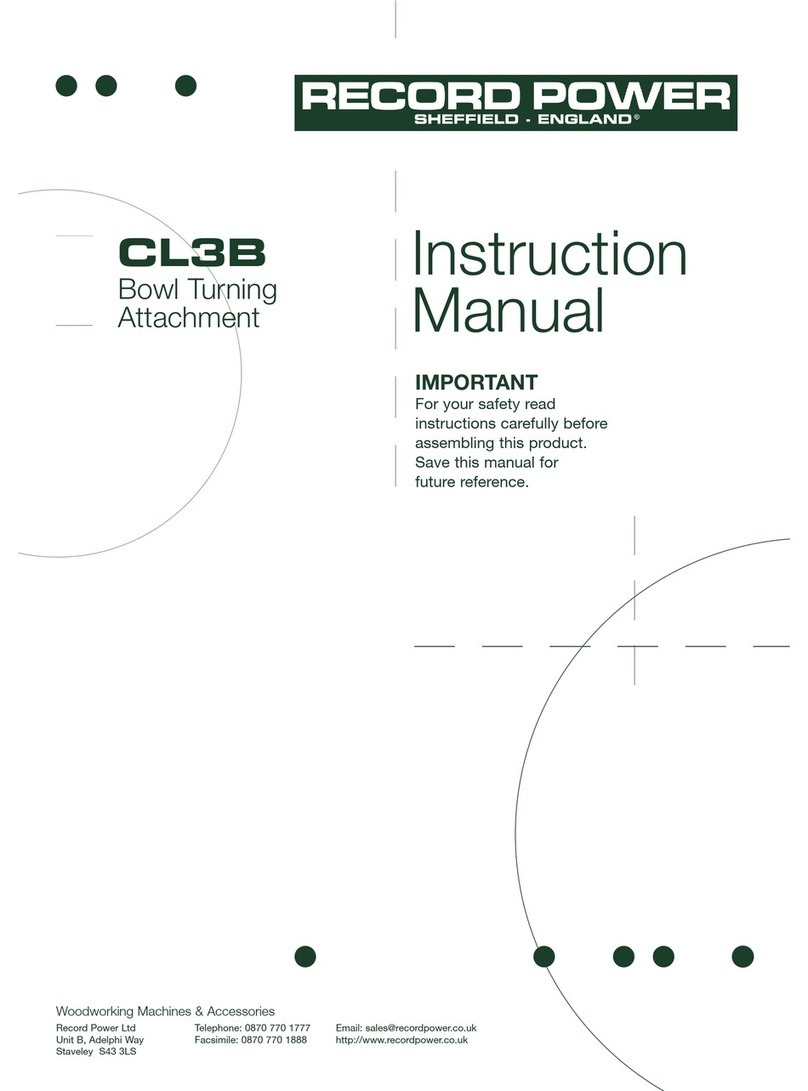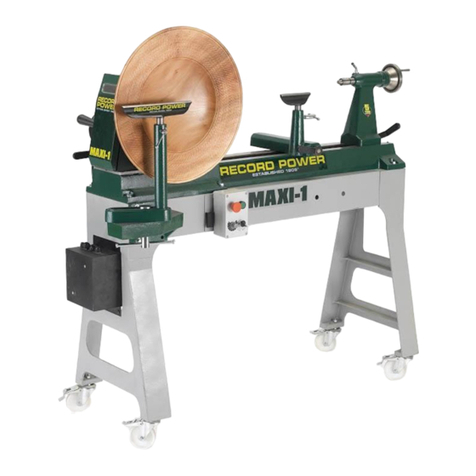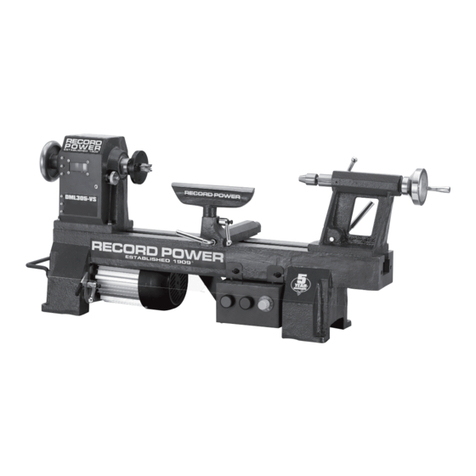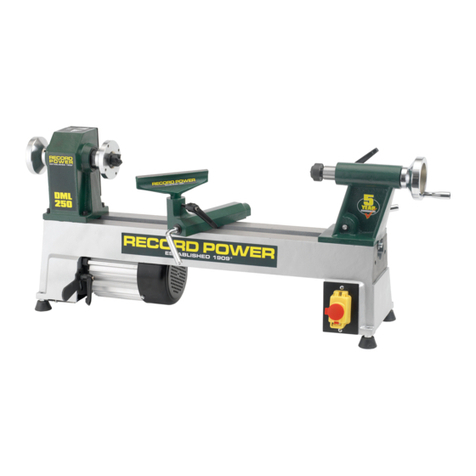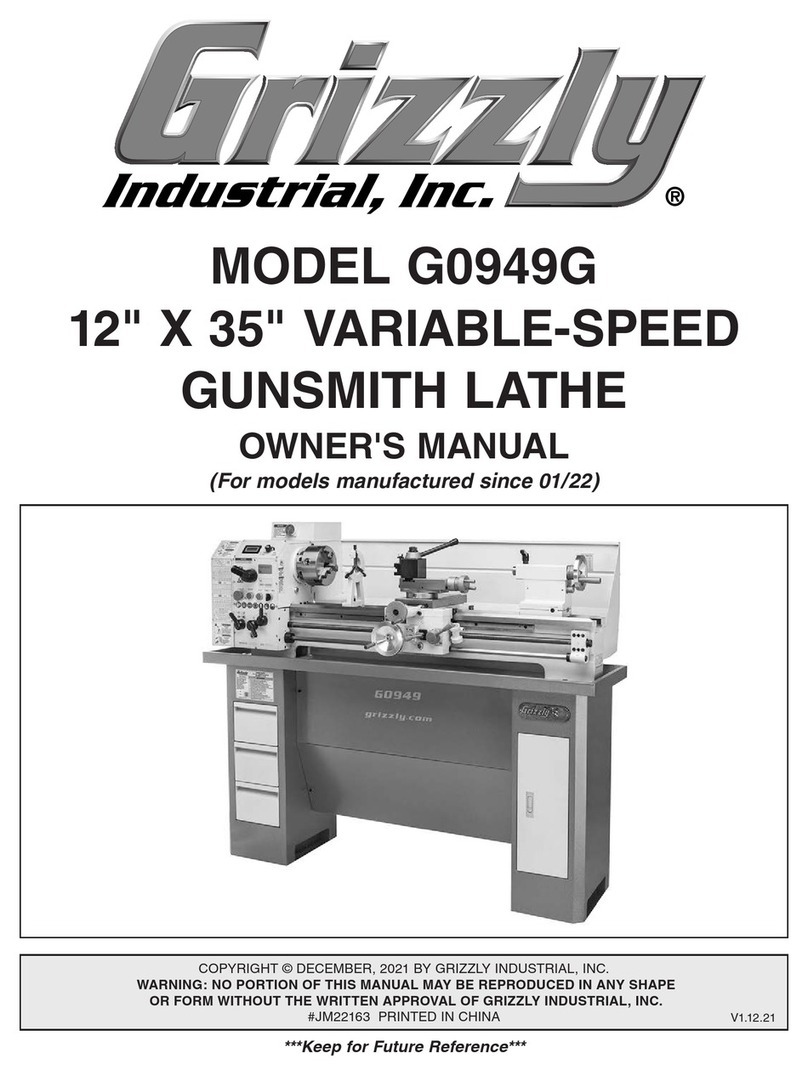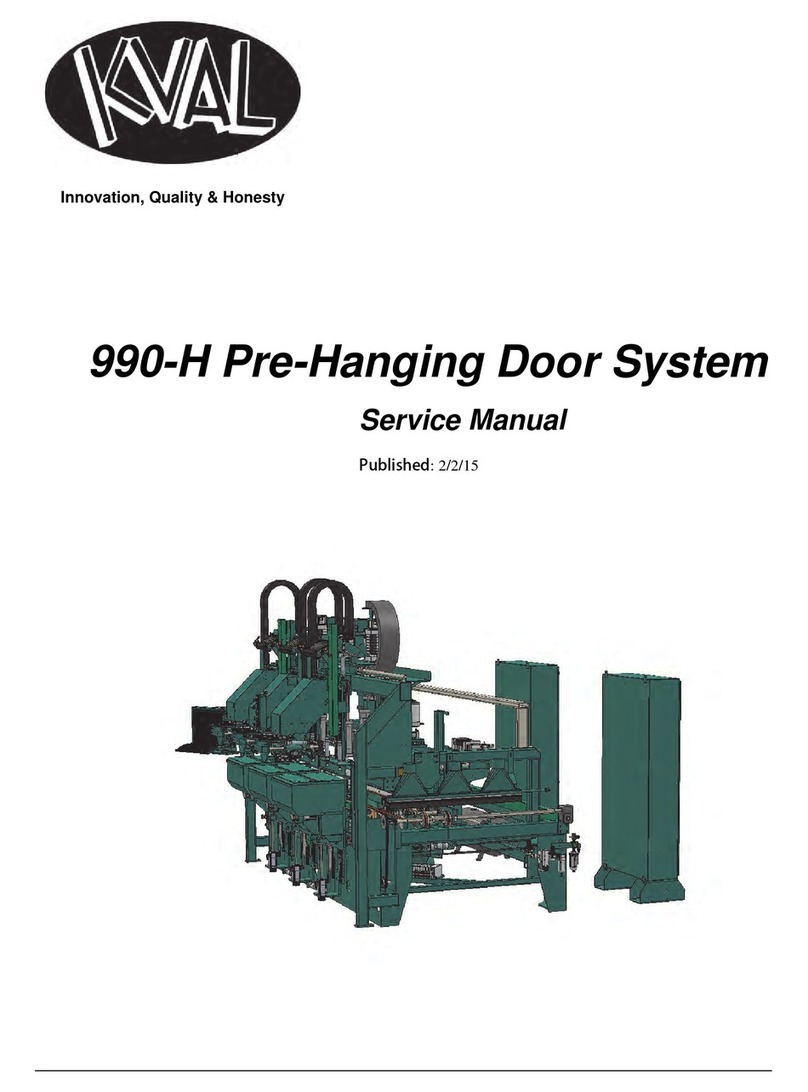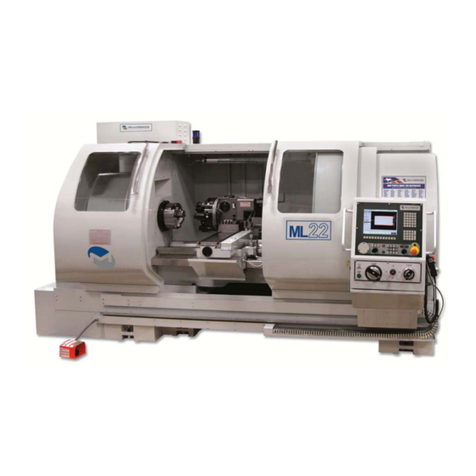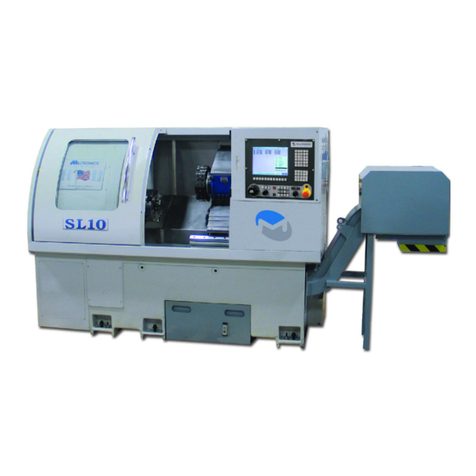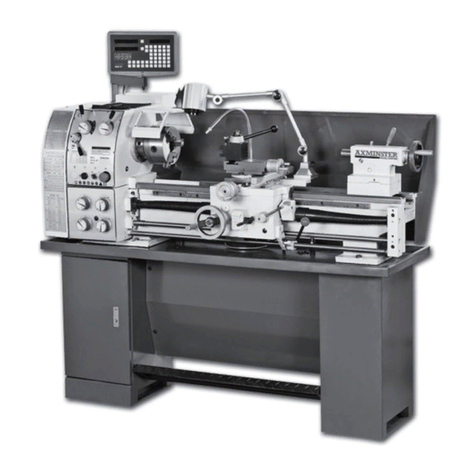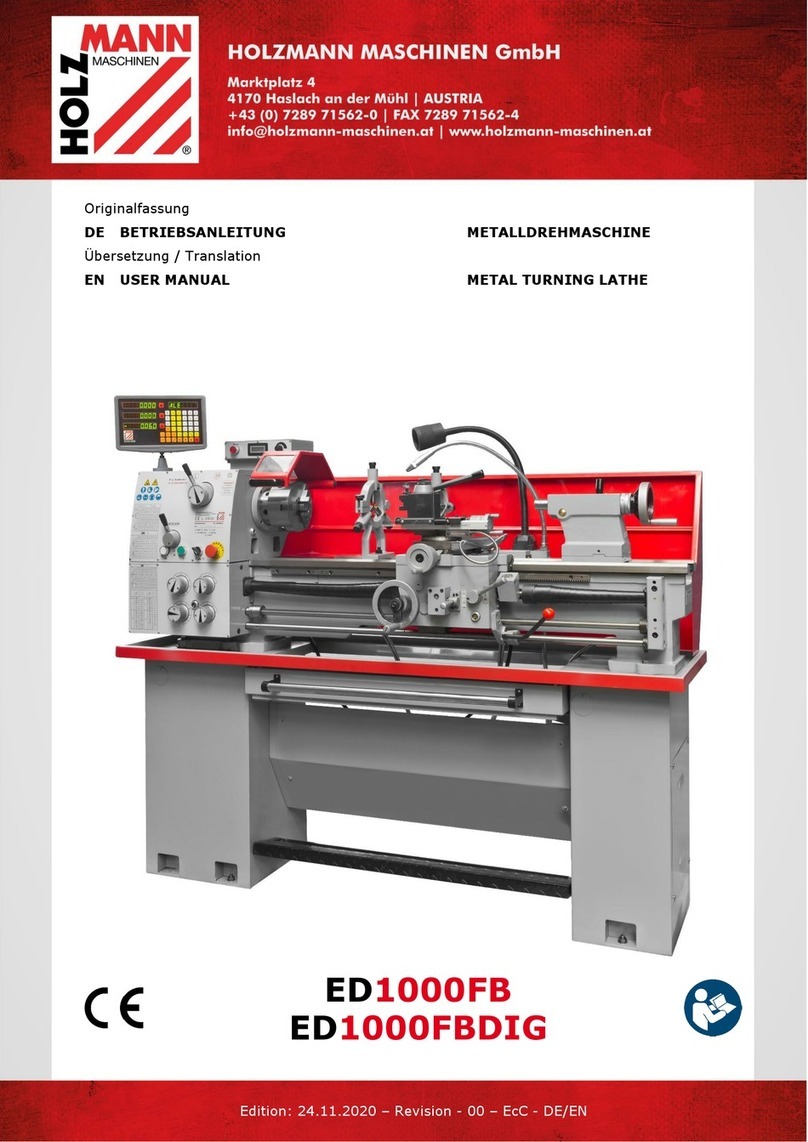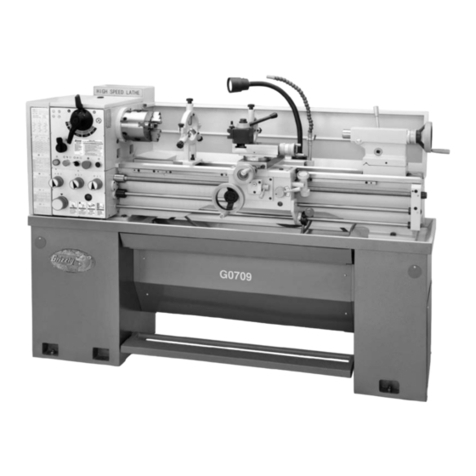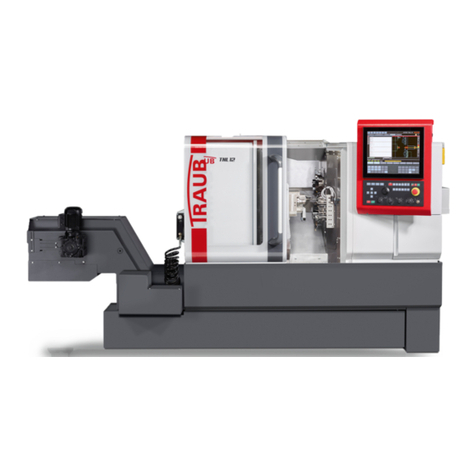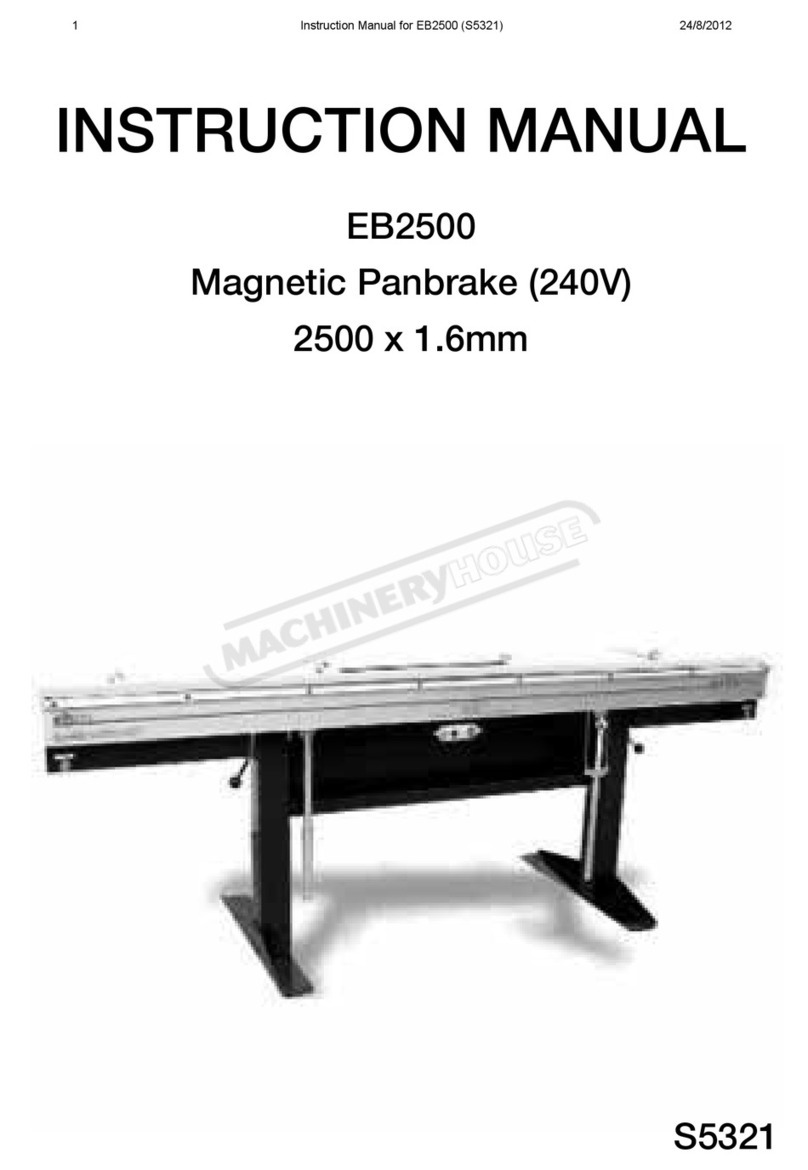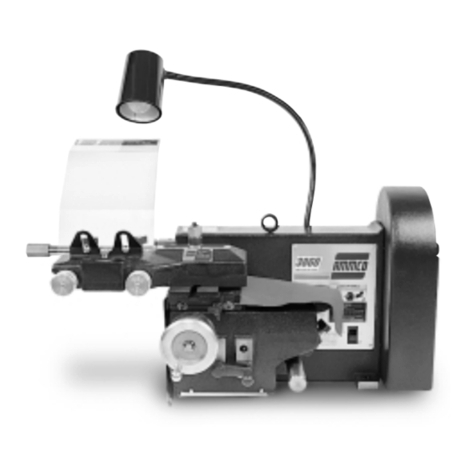READ ALL THE INSTRUCTIONS IN THIS MANUAL
CAREFULLY BEFORE ASSEMBLY, INSTALLATION AND USE
OF THIS PRODUCT.
KEEP THESE INSTRUCTIONS IN A SAFE PLACE FOR
FUTURE REFERENCE.
WARNING: When using electric tools, basic safety precautions
should always be followed to reduce the risk of fire, electric
shock and personal injury.
SAFE OPERATION
1. Eye Protection
The operation of any power tool can result in
foreign objects being thrown into your eyes, which can result in
severe eye damage. Always wear safety glasses or other
suitable eye protection. Wear safety glasses at all times.
Everyday glasses only have impact resistant lenses. They are
not safety glasses which give additional lateral protection.
2. Keep work area clear.
Cluttered areas and benches invite accidents and injuries.
3. Consider work area environment.
Do not expose the machine to rain or damp conditions.
• Keep the work area well lit.
• Do not use the machine in the presence of flammable
liquids or gases.
4. Guard against electric shock.
Avoid body contact with earthed or grounded surfaces.
5. Keep other persons away (and pets).
Do not let persons, especially children, not involved in the work,
touch the machine, or extension cord (if used) and keep visitors
away from the work area.
6. Store idle tools.
When not in use, tools should be stored in a dry locked- up
place, out of reach of children.
7. Do not force the machine.
It will do the job better and work more safely if operated at the
speed at which it was intended.
8. Use the right tool.
• Do not force small tools to do the job of a heavy-duty tool.
• Do not use tools for purposes not intended.
9. Dress properly.
• Non-slip footwear is recommended.
• Do not wear loose clothing, neckties or jewelry; they can be
caught in the moving parts.
• Roll up long sleeves above the elbow.
• Wear protective hair covering to contain long hair.
10. Use protective equipment
• Use safety glasses. (See note 1. above)
• Use face or dust shield if cutting operation creates dust.
11. Connect dust extraction equipment.
(See sectio 2. note 25)
12. Do not abuse the cord.
Never yank the cord to disconnect it from the socket. Keep the
cord away from heat, oil and sharp edges.
13. Secure work.
Ensure that your work piece is properly fixed before
commencing to cut.
14. Do not overreach.
Keep proper footing and balance at all times.
15. Maintain tools with care.
• Follow instructions for lubrication and changing accessories.
• Inspect electric cords periodically and, if damaged, have them
repaired by an authorized service facility.
• Inspect extension cords (if used) periodically and replace if
damaged. Always use proper size extension cord.
16. Disconnect Machine.
When not in use, before servicing etc, disconnect the machine
from the power supply.
17. Never leave machine running unattended.
Turn power off, do not leave machine until it comes to a
complete stop.
18. Remove adjusting keys and wrenches.
ENSURE chuck key is removed from chuck before switching the
machine ‘ON’, any adjusting wrenches should also be removed
from the machine.
19. Avoid unintentional starting.
- Ensure the switch is in the “OFF” position before turning on the
power from the main electricity supply.
20. Out-door Extension Leads.
Your lathe should not be used outdoors.
21. Stay alert.
Watch what you are doing, use common sense and do not use
the morticer when you are tired.
22. Check for damaged parts.
• Before use of the machine, it should be carefully checked to
determine that it will operate properly and perform its intended
function.
• Check for alignment of moving parts, binding of moving parts,
breakage of parts, mounting and any other conditions that may
affect its operation.
• A guard or other part that is damaged should be properly
repaired or replaced by an authorized service center unless
otherwise indicated in this instruction manual. -
Have defective switches replaced by an authorized service
centre.
• Do not use the machine if the switch does not turn on and off.
23. Warning!
• The use of any accessory or attachment, other than one
recommended in this instruction manual, or recommended by
our Company may present a risk of personal injury.
24. Have your machine repaired by a qualified person.
• This electric machine complies with the relevant safety rules.
Only qualified persons using original spare parts should carry
out repairs. Failure to do this may result in considerable danger
to the user.
Maintenance and Servicing
This machine requires very little maintenance. This handbook
gives clear instructions on installation, set up and operation.
Read these instructions carefully. Remember always to switch off
and unplug from the main electricity supply before carrying out
any setting up or maintenance operations.
Should you need advice on repair or maintenance on this
product, our Customer Service Department would be happy to
assist you.
1. Health & Safety Guidance
